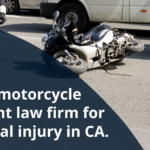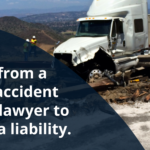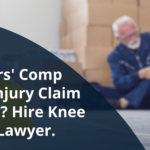A class action lawsuit is a type of lawsuit where a group of people with the same or similar injuries files a lawsuit together. The group is called a “class,” and the lawsuit is filed against a defendant or defendants.
Class action lawsuits are usually filed against companies or organizations, but sometimes they are filed against individuals. In a class action lawsuit, the person or entity being sued (the “defendant”) is usually accused of wrongdoing that has caused harm to the plaintiffs (the people who are filing the lawsuit).
The most common type of class action lawsuit is a product liability lawsuit. Other types of class action lawsuits include employment discrimination, consumer protection, and environmental lawsuits.
You should read this post if you’ve been harmed by a company or individual and want to file a class action lawsuit. We’ll explain how to file a class action lawsuit step-by-step.
Step #1:
The first step in filing a class action lawsuit is finding a lawyer willing to take your case. You can find a lawyer by contacting your state or local bar association. You can also find a lawyer by searching online. Once you find a lawyer, you should set up a consultation to discuss your case.
Step #2:
After you find a lawyer, the next step is to file a “class action complaint.” This is a document that outlines your allegations against the defendant. The complaint will also list the plaintiffs in the case and the relief you seek.
Step #3:
After the complaint is filed, the court will “certify” the class. This means that the court will decide if the plaintiffs have enough in common to file a class action lawsuit. If the court certifies the class, the plaintiffs can proceed with their case.
Step #4:
If the court certifies the class, the next step is “discovery.” This is where both sides exchange information and documents related to the case. The plaintiffs will use discovery to prove their allegations against the defendant.
Step #5:
After discovery is complete, the next step is to file “motions.” These are legal documents that ask the court to make a ruling on a specific issue. For example, the plaintiffs may ask the court to rule that the defendant is liable for their injuries.
Step #6:
If the court grants the plaintiffs’ motion, the next step is to have a “trial.” This is where both sides present their evidence and arguments to the judge or jury. After the trial, the judge or jury will decide if the defendant is liable for the plaintiff’s injuries.
Step #7:
If the judge or jury decides that the defendant is liable, the next step is to “damages.” This is where the plaintiffs will try to prove how much money they should receive from the defendant. The plaintiffs will present the evidence of their injuries and damages to the judge or jury.
Step #8:
After the damages phase is complete, the judge or jury will issue a “verdict.” This is their decision on how much money the plaintiffs should receive from the defendant. If the plaintiffs are awarded damages
Step #9:
The final step is to “enforce” the verdict. This means that the plaintiffs will try to collect the money they were awarded from the defendant. Sometimes, the defendant will pay the plaintiffs voluntarily. Other times, the plaintiffs may need to take legal action to collect the money.
Contact and Visit us at 2H Law Firm.
2H Law Firm is a law firm that specializes in class action lawsuits. We can help you file a class action lawsuit if a company or individual has harmed you. We have a team of experienced attorneys who can help you through every step of the process. Contact us today at (619) 374-9320 to schedule a consultation.










